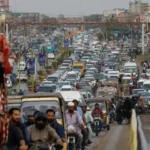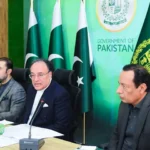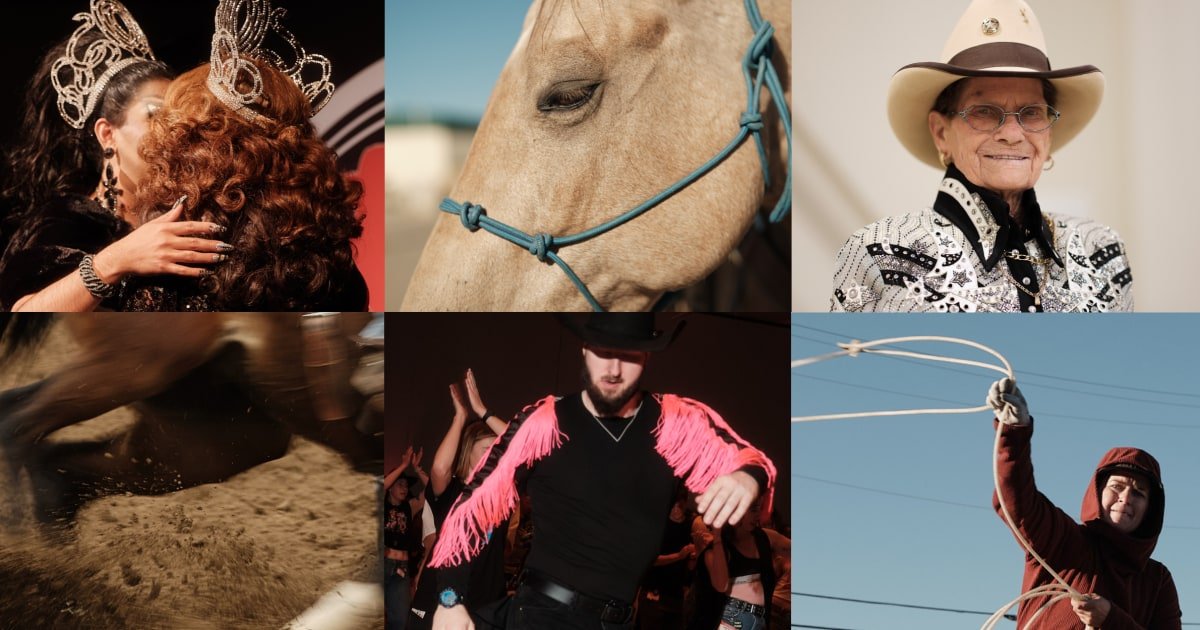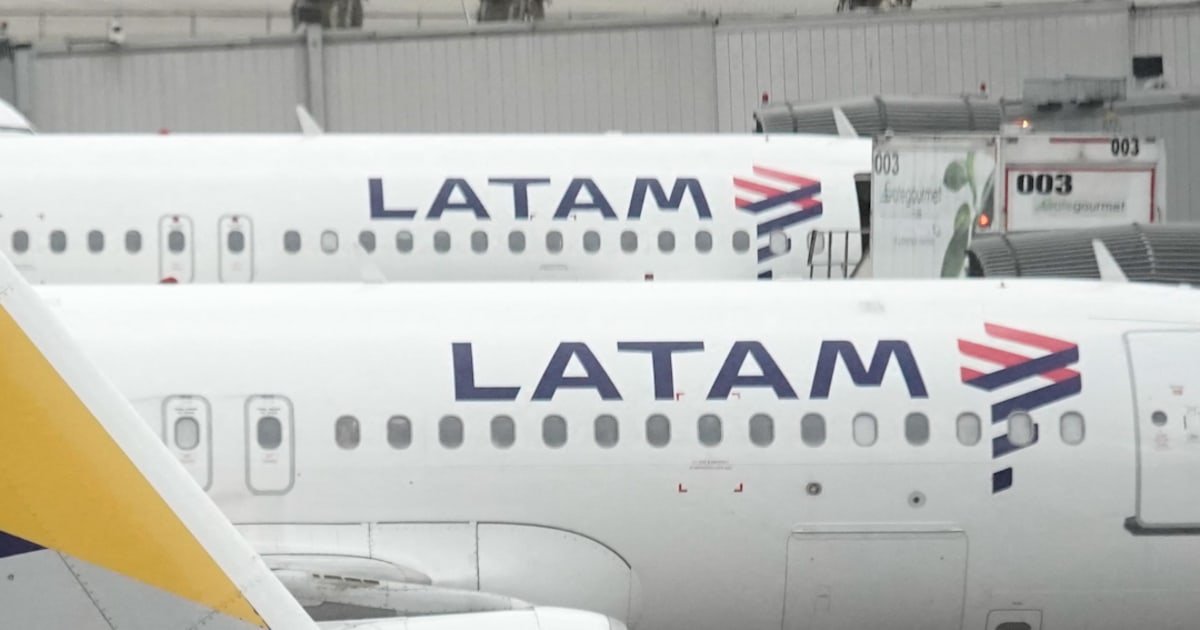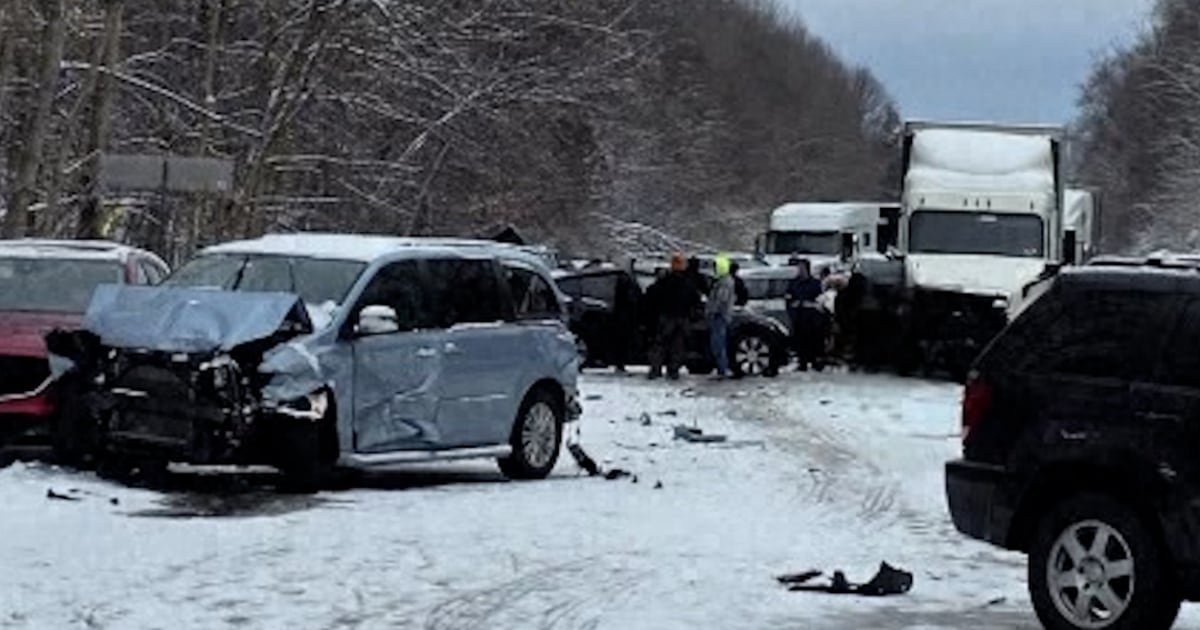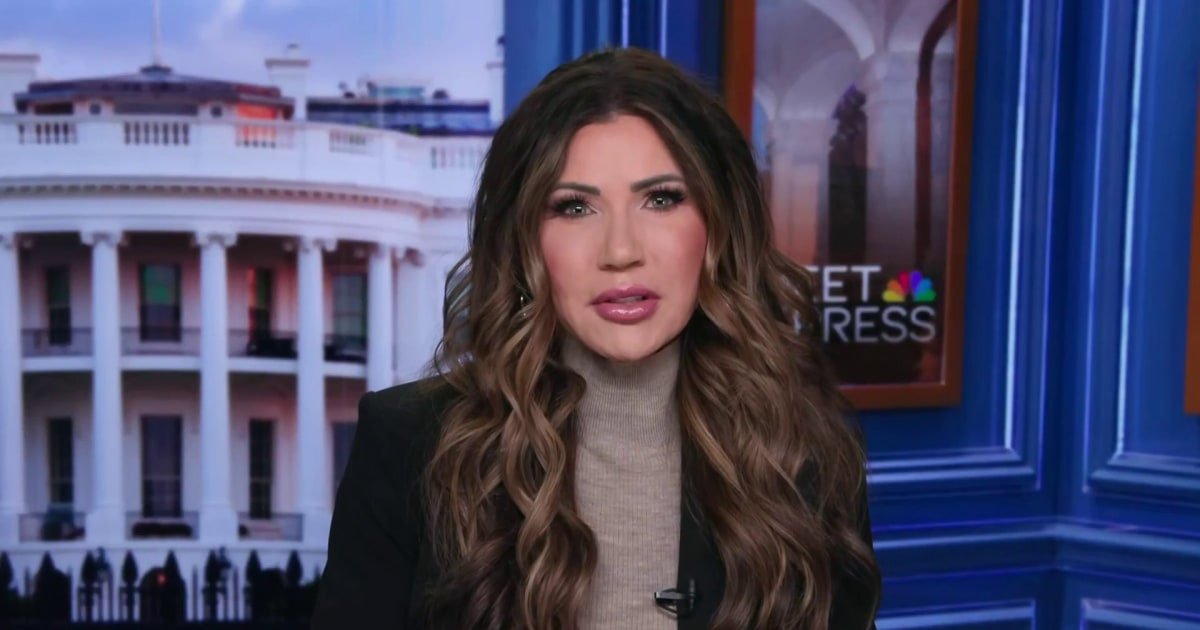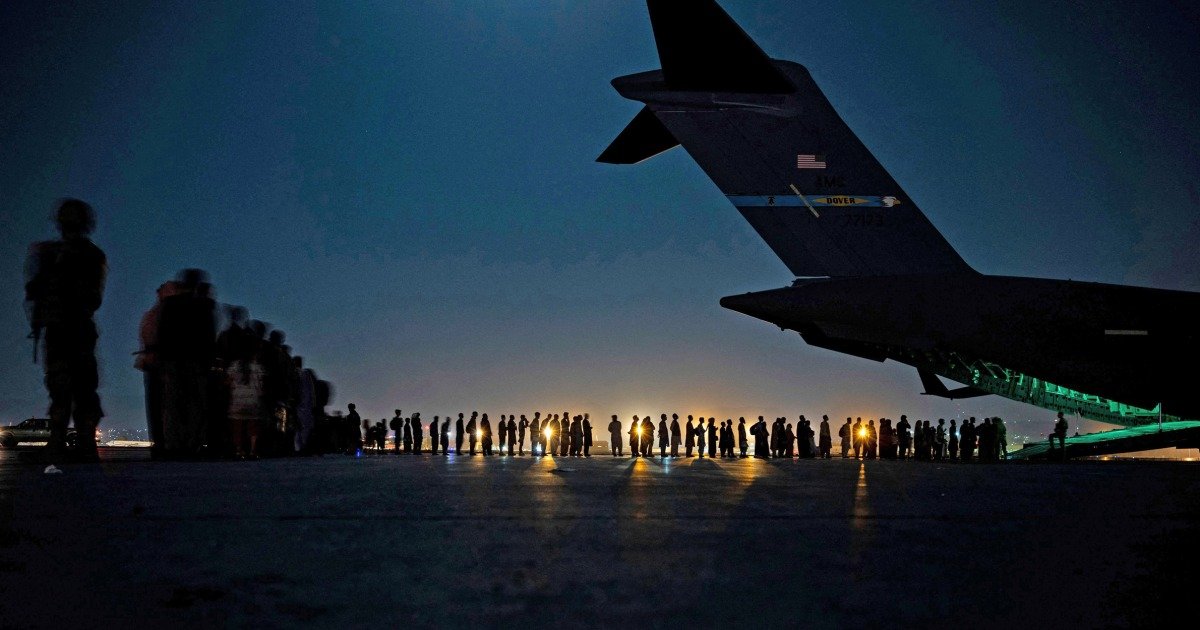The battle to build a gay rodeo
In 1975, Phil Ragsdale, founder of what a decade later would be known as the International Gay Rodeo Association, came up with the idea of holding a gay rodeo in Reno to raise money for the annual Thanksgiving feeding of local seniors. However, Ragsdale had trouble finding a location and ranchers willing to provide livestock for a gay rodeo and, as a result, did not successfully hold the first event until the following year.
The Ragsdale rodeo had all the usual competitions, including team roping and bull riding, and what are now known as “camp events,” such as goat dressing, in which a team of two tries to put underwear on a goat as quickly as possible, and wild drag, in which one person on a three-person team dresses in drag and rides a steer and the other two drive the steer to the line. goal.
Ragsdale also took inspiration from a national network of LGBTQ charities called Imperial Court and began hosting “royalty competitions,” where contestants are judged on their Western attire and how well they represent the rodeo. Ragsdale had long said that royal events and camps were what separated gay rodeo from traditional rodeo.
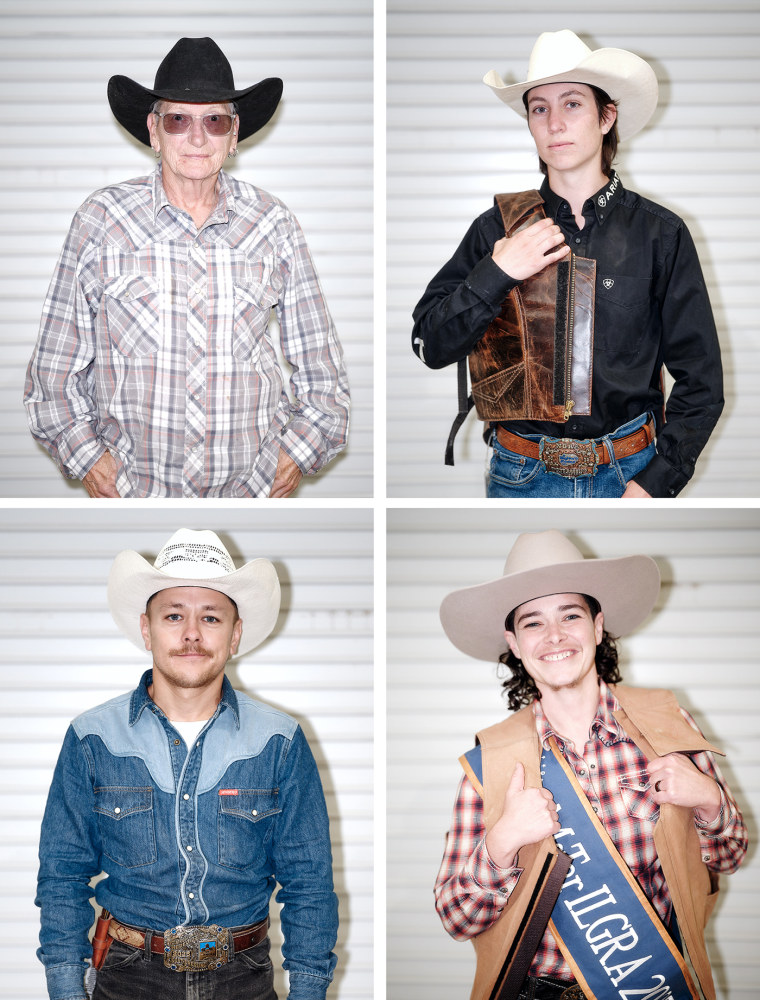
Despite the continued struggles in those early years against homophobia on the part of venue owners and ranchers, the gay rodeo circuit continued to grow. In 1983, the flagship annual event in Reno attracted 12,000 attendees, and in 1994, IGRA and its member associations held 21 gay rodeos across the United States.
But then HIV and AIDS spread across the country, affecting hundreds of thousands of gay men, including Ragsdale, who died from an AIDS-related illness in 1992.
“The HIV pandemic had a tremendous impact, obviously, on gay rodeo, because we lost a lot of our members, which has been very difficult to recover from,” said IGRA president Brian Helander. saying. “We’re only now starting to recover from that, with the younger generation coming in, and the older generation, we’re still war-torn from that experience.”
